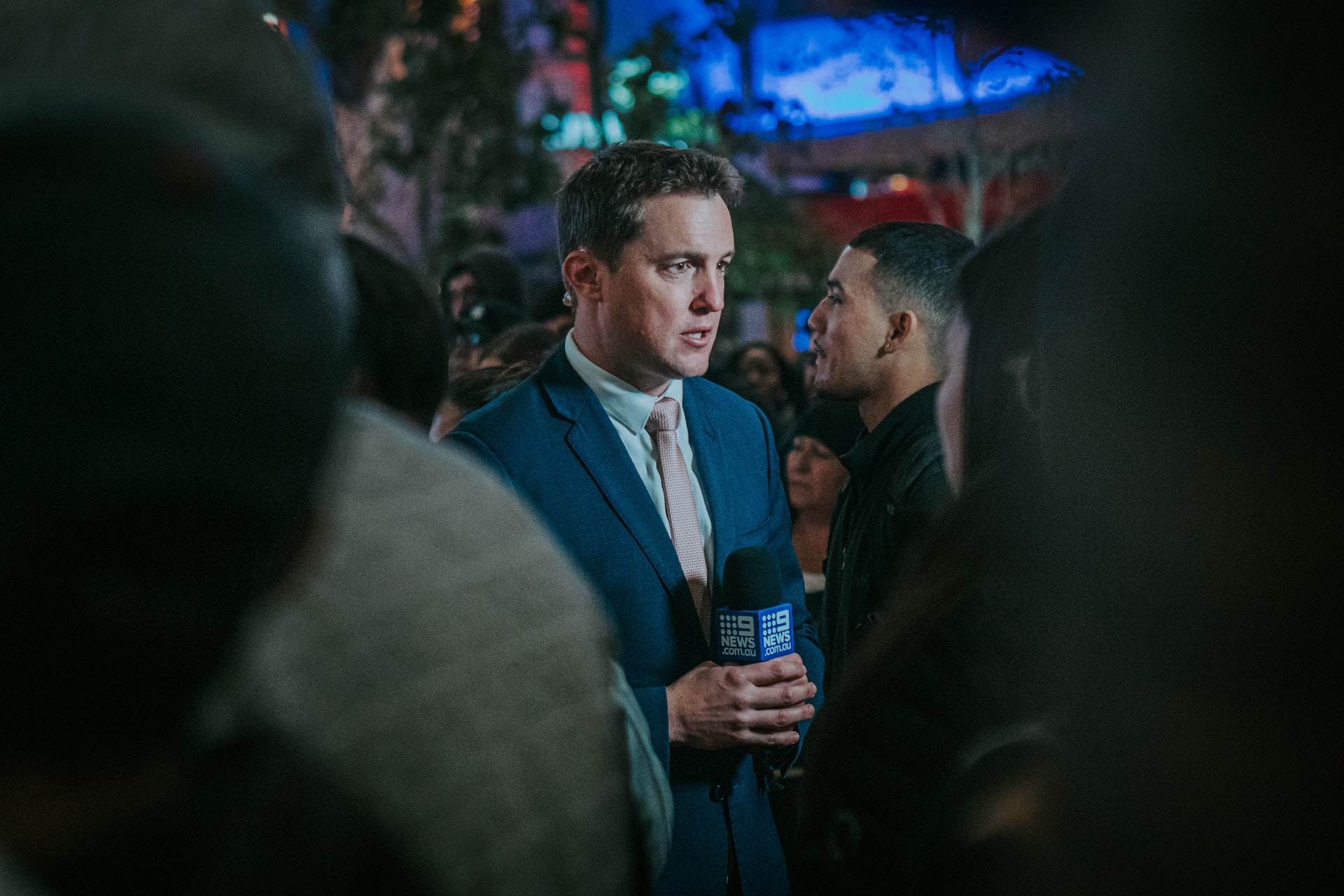Answer 'why' in your live shots

By Simon Perez
Associate Professor of Broadcast and Digital Journalism,Syracuse University
Live shots help to distinguish television newscasts from radio and print news. They give reporters an opportunity to take the viewers to the scene of the story and to show what’s going on.
But many beginning reporters fail to answer a most basic question in their live shots. It’s one the viewers need to have answered in order for the live shot to be successful. The question is why? Why is the reporter there, at that specific location, at that time? Saying not just where you are, but why you are where you are puts the live shot in context and helps the viewers focus on what you’re saying, rather than having that nagging unanswered question hanging over the live shot. A simple way to answer the “why” question is to relate to the background. Pick something out from your live location and talk about it. That’ll explain why you’re there.
It doesn’t have to be all that complicated or profound. A simple mention of something the viewers can see and you can relate to the story will cement the connection between reporter and viewers.
For example:
- On a live shot on the scene of a traffic accident, the reporter could say: “The crash happened a few feet in front of that stop sign....”
- On a live shot at city hall about a city council meeting, the reporter could say: “Lots of protestors filled the council chambers on the second floor....”
- On a live shot at the stadium after a football game, the reporter could say: “Sixty thousand fans continue to pour out of those gates, and what a game they saw....”
- Oakland fire
- Uber arrest
| Original live shot plan: |
| “Just around that corner is the on ramp to interstate 680 on the west side of Fremont. The direct route is down often crowded Mission Boulevard... so some commuters instead come up through the canyon and down this hill. This road wasn’t made for that.... so the city of Fremont is thinking about shutting it down.” |
| Actual live shot adapted to background: |
| “We did go for a ride. We drove Morrison Canyon Road and found there are some spots that are really narrow and difficult to navigate. But that’s not the only danger. The city of Fremont says about 80 percent of the people who drive this road go at least 10 miles an hour over the speed limit, which you can see is just 25. So the solution - close it down.” |
There’s always a way to answer “why” in your live shots. Find it, and your viewers will thank you by watching more.
Simon Perez is an associate professor of broadcast and digital journalism at Syracuse University's S.I. Newhouse School of Public Communications. In the summers of 2012, 2014, 2015, 2016, 2017 and 2018 he returned to his former job as reporter for KPIX TV in San Francisco. He has chronicled his newsroom experiences and the lessons he hopes to bring back to the classroom at http://www.simonperez.com/blog.
